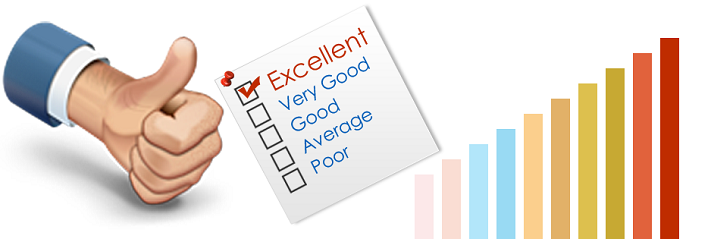Shotokan Karate is one of the oldest and most popular styles of Karate developped at the beginning of the last century by Master Gichin Funakoshi (1868-1957) from the island of Okinawa, Japan. Funakoshi trained in both of th epopular style of Okinawa Karate.
Shorei was designed for well built people, placed emphasis on developing physical strength and was impressive in its shear power, it utilized the heavy strikes of Okinawa-Te and some of the Sumo grappling moves.
Shorin was light and quick, with fast strikes and counterattacks, designed for people who were small in size and very agile. Shorin was utilized Dim-Mak and grappling moves from Jujutsu.
Funakoshi combined the ideals of Shorei and Shorin to form Shotokan Katas, formal sequences of basic techniques, that form the backbone of the tradition. The traditional Japanese martial arts, Sumo, Jujutsu and Kenjutsu were heavily centered around combat. Master Funakoshi sought a path to physical health and stamina through individual technique. Modern Karate focused on breathing, releasing energy and outstanding mind and body control
In 1922, the first public Karate Demonstration was held in Tokyo by Master Gichin Funakoshi. At the time, the practice of martial arts was forbidden, but a man by the name of Gigori Kano had found a way around the law and Funakoshi was quick to follow his path. Kano had spent years training in Jujutsu the traditional unarmed combat techniques of the samurai. Kano new if he modified Jujutsu (the gentle art) into Judo (the gentle way) he could accomplish his goal and legalize it. What Kano did was to have his students wear a uniform called a "gi" which is tied closed with different colored belts representing training accomplishments.
He then demonstrated the sports aspect of Judo to the Japanese government. The Japanese government immediately embraced the new "way" and judo became an overnight success. During Funakoshi's demonstration, he had all his students dress in the same gi as the Judo students, then he put the belts on them and had them demonstrate impressive feats and kata. He then renamed the art from TO-TE Jutsu (the art of the Chinese hand) to Karate-Do (the way of the Empty Hand). Again, the Japanese government became impressed with the new way and Karate-do became legal. After that, Karate became very popular and spread very fast in Japan.
From the beginning, Master Funakoshi insisted on teaching Karate to college students. The first Karate-do Club was in Keio University. Today, Karate-do is spread into many countries around the world. In May 1948, the Japan Karate Association (JKA) was founded by the students of Master Gichin Funakoshi, and the standards of training (Kihon, Kata, Kumite) and competition were established.
Some final words…
As karate legends go, Gichin Funakoshi's life was not terribly exciting.He never challenged anyone to a sword duel, never attempted to dismantle a bull's horn, never had a presumptuous nickname and, in fact, never left the islands of Japan.
He was a poet, and a schoolteacher, and the closest he ever came to seeing battle was when he mediated a dispute between two neighboring villages.
Yet Funakoshi is one of the most honored, cherished and memorable martial artists in history. His innovations left indelible marks on the art form we know today as karate. Not only was shotokan karate, the style he founded, influenced by Funakoshi, but dozens of other styles as well.
Funakoshi died in 1957 at the age of 88, after humbly making a tremendous contribution to the art of karate.







